Red Serrano Pepper: 7 Spicy Secrets That Will Blow Your Mind (And Kitchen!) 🌶️🔥
🌿 Table of Contents
- 🌶️ Introduction to the Fiery Red Serrano
- 🌶️ Meet the Heat: Red Serrano Pepper Profile
- 🌶️ Serrano vs. Jalapeño: Who Wins the Spice Showdown?
- 🌶️ 5 Creative Ways to Use Red Serrano Peppers in Your Cooking
- 🌶️ Growing Red Serrano Peppers at Home: Tips & Tricks
- 🌶️ Health Benefits You Didn’t Know This Pepper Had
- 🌶️ How to Store Red Serrano Peppers Like a Pro
- 🌶️ Fun & Quirky Facts About the Red Serrano Pepper
- 🌶️ Final Thoughts: Is It Worth the Burn?
🌶️ Introduction to the Fiery Red Serrano
If you're ready to level up your spice game, let's talk about the red serrano pepper. This little firecracker might be small, but it punches well above its weight when it comes to heat and flavor. Originating from Mexico, this chili has become a staple in many kitchens around the world.
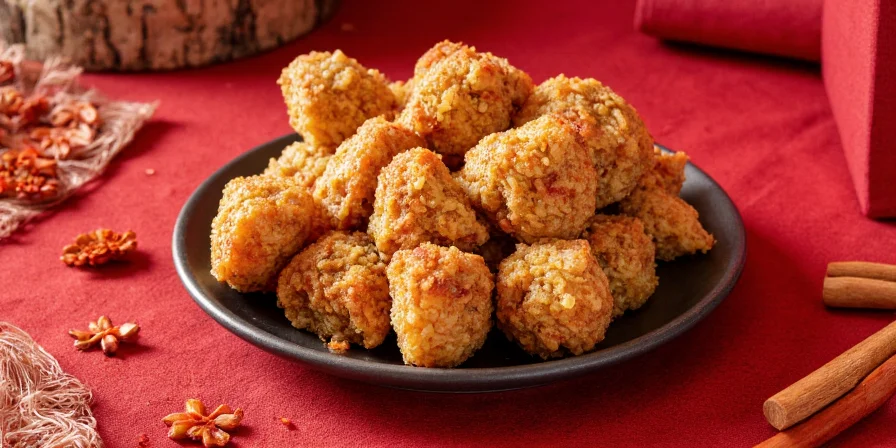
🌶️ Meet the Heat: Red Serrano Pepper Profile
The red serrano is a mature version of the green serrano pepper, having ripened longer on the vine. It's commonly used in salsas, soups, sauces, and even pickled dishes.
| Attribute | Details |
|---|---|
| Scientific Name | Capsicum annuum |
| Origin | Mexico |
| Heat Level (Scoville) | 10,000 – 23,000 SHU |
| Taste Profile | Earthy, bright, slightly grassy |
| Average Length | 1–2 inches |
🌶️ Serrano vs. Jalapeño: Who Wins the Spice Showdown?
You might be wondering how the red serrano stacks up against the more popular jalapeño. Let’s compare:
| Feature | Jalapeño | Red Serrano |
|---|---|---|
| Scoville Units | 2,500 – 8,000 | 10,000 – 23,000 |
| Size | Larger (2–4") | Smaller (1–2") |
| Common Uses | Pickling, nachos | Salsas, sauces |
| Flavor Notes | Bitter, mild | Grassy, earthy, spicy |
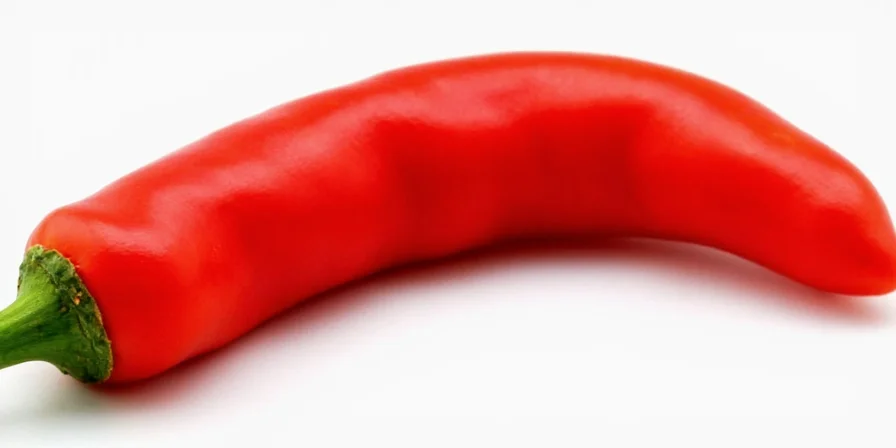
🌶️ 5 Creative Ways to Use Red Serrano Peppers in Your Cooking
- Make Sizzling Salsa: Blend red serrano with tomatoes, garlic, lime juice, and cilantro for a smoky salsa that pairs perfectly with tortilla chips or tacos.
- Spice Up Your Eggs: Dice a small red serrano and add it to scrambled eggs or omelets for a fiery breakfast kick.
- Add to Marinades: Chop finely and mix into marinades for grilled chicken or pork. The natural oils carry flavor deep into the meat.
- Infuse Oils: Slice thinly and gently heat in olive oil until fragrant. Strain and use in pasta dishes or drizzle over roasted vegetables.
- Homemade Hot Sauce: Combine red serranos with vinegar, garlic, and salt in a blender for an easy homemade hot sauce that’ll last weeks!
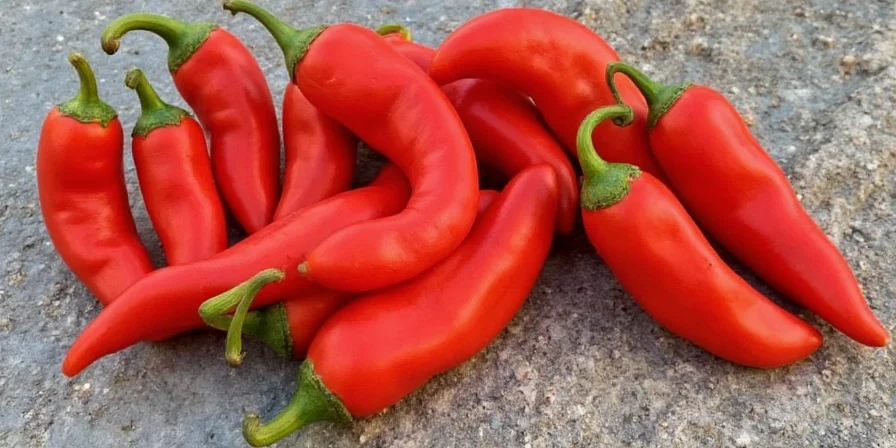
🌶️ Growing Red Serrano Peppers at Home: Tips & Tricks
Want to grow your own red serrano pepper? Here’s what you need to know:
- Soil Type: Well-draining soil with a pH of 6.0–7.0
- Sunlight: At least 6–8 hours per day
- Watering: Keep moist but not soggy; avoid wetting the leaves directly
- Fertilizing: Use a balanced fertilizer every 4–6 weeks
- Harvest Time: Leave peppers on the plant until they turn bright red for maximum flavor and heat

🌶️ Health Benefits You Didn’t Know This Pepper Had
It’s not just about the heat! Red serrano peppers are packed with nutrients and compounds that can benefit your health:
- Vitamin C Boost: One serrano pepper contains almost half of your daily vitamin C requirement.
- Metabolism Kickstart: Capsaicin, the compound responsible for the burn, may also help boost metabolism.
- Anti-Inflammatory Properties: Capsaicin is known for reducing inflammation, which can help with joint pain and other chronic conditions.
- Heart Health: Regular consumption of chilies has been linked to improved heart health thanks to antioxidants like flavonoids.
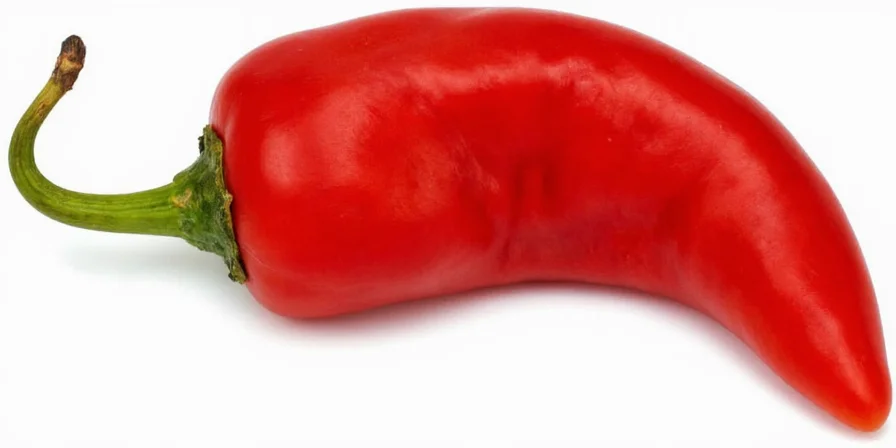
🌶️ How to Store Red Serrano Peppers Like a Pro
Want to keep your red serranos fresh for as long as possible? Try these storage methods:
- Fridge: Store whole peppers in a plastic bag in the fridge for up to two weeks.
- Freezer: Wash and freeze whole peppers in a ziplock bag. They’ll keep for up to six months and can be chopped directly from frozen into recipes.
- Drying: Hang peppers in a dry, sunny area or dehydrate them using an oven or food dehydrator.
- Pickling: Submerge sliced peppers in vinegar brine for a tangy, spicy condiment that lasts for months.

🌶️ Fun & Quirky Facts About the Red Serrano Pepper
- They’re named after the Sierra Madre Oriental mountains in Mexico—“serrano” means “from the mountains.”
- In Mexico, red serrano peppers are often used in traditional mole sauces and stews.
- Unlike some peppers, serranos get spicier the longer they ripen.
- The seeds and inner ribs contain most of the capsaicin, so remove them if you want less heat.
- Some people swear by eating a tiny slice before bed to promote better sleep—though we don't recommend going full-on chili daredevil before bedtime!
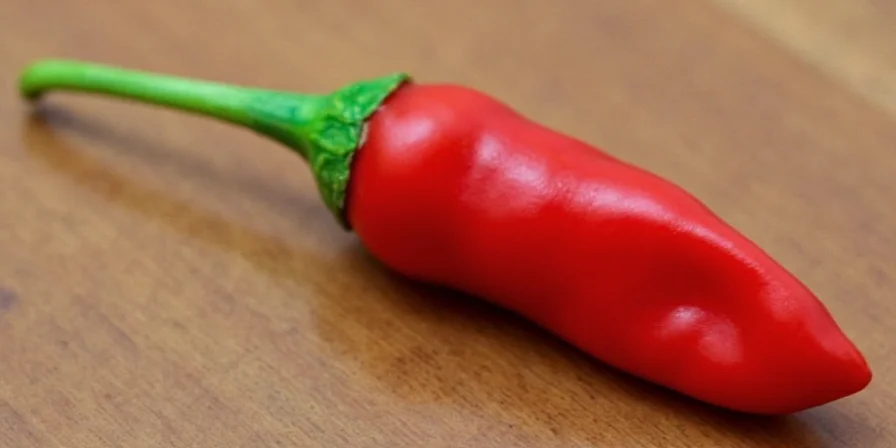
🌶️ Final Thoughts: Is It Worth the Burn?
The red serrano pepper isn’t just another pretty face in your spice drawer—it’s a versatile, flavorful, and surprisingly healthy ingredient that deserves a permanent spot in your kitchen. Whether you're cooking up a batch of salsa, spicing up your eggs, or experimenting with homemade hot sauces, this little red fireball brings the heat—and then some.
So next time you see red, don’t panic… just pepper it!


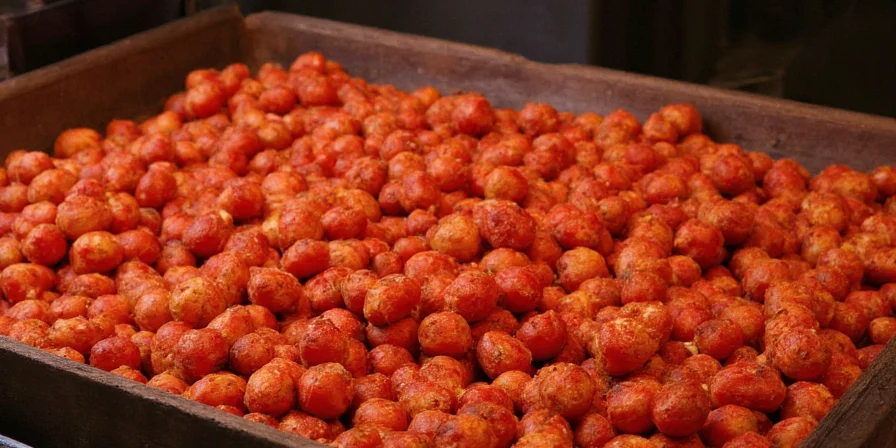









 浙公网安备
33010002000092号
浙公网安备
33010002000092号 浙B2-20120091-4
浙B2-20120091-4